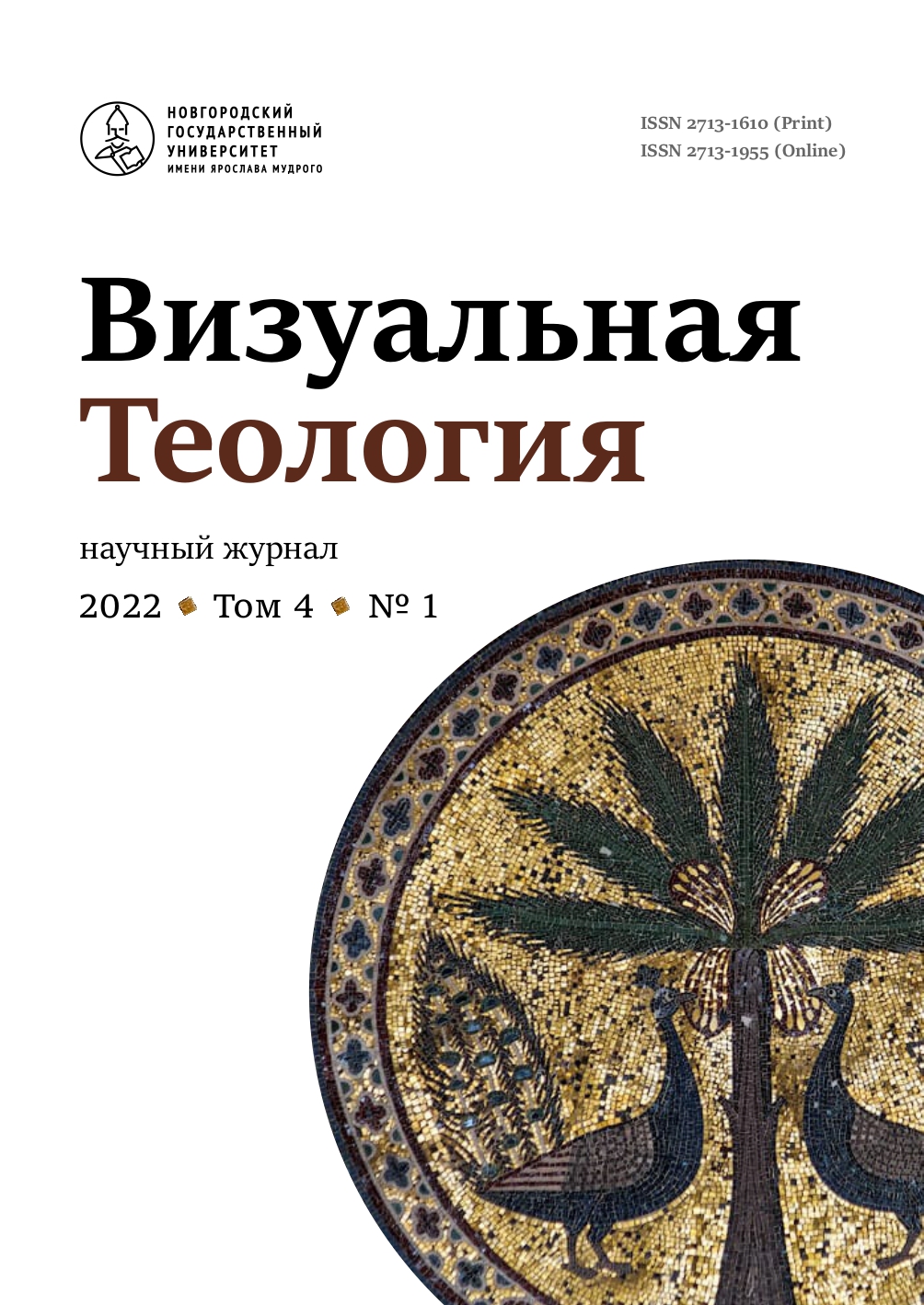Drink and Live! Roman Gold Glasses and Early Christian Hierotopy
Abstract
Roman gold-glass roundels were excised from the bottoms of functional glass vessels and inserted in the mortar, sealing funerary niches in the catacombs. Images were executed in gold leaf laminated between two layers of glass. It is still not clear whether the original vessels were meant just for funerary use, or whether they were given as valuable gifts on important occasions, such as baptisms. The paper begins with the discussion of these two possibilities; it concludes that the ‘gift theory’ better fits the known facts. The purpose and functions of the gold glass vessels are further explored in the paper within the framework of the hierotopic approach, thus shifting the focus of analysis from individual artefacts to sacred spaces in their entirety. The Christianization of the Roman household is thus viewed as the creation of a domestic sacred space, particularly through its saturation with Christian symbolism and proto-iconic imagery. These developments were tightly connected with the re-interpretation of the traditional Roman lifestyle in terms and categories of the new faith, and with the emergence of new Christian ideals of marriage and the family home. Portraits of married couples, well represented in gold glasses, asserted a new Christian understanding of marriage as an eternal union sealed by God in heaven. Another important kind of sacred space was that of the catacombs themselves where the Christian paradise shone through the eternal gloom of the underworld, with gold-glass proto-icons shimmering in the darkness to mark the points of connection between heaven and earth. The sacred space of the catacombs saw the transition from the cult of the dead to the veneration of saints. When a tomb was sealed with a gold-glass roundel with a saint’s sketchy likeness, their presence was thus evoked while the soul of the deceased was committed to their care. The increasing popularity of the proto-icons of martyrs in gold glasses alongside a phasing out of family portraits indicated the advent of the cult of saints, marking as well an important step in the evolution of portraits into icons.


